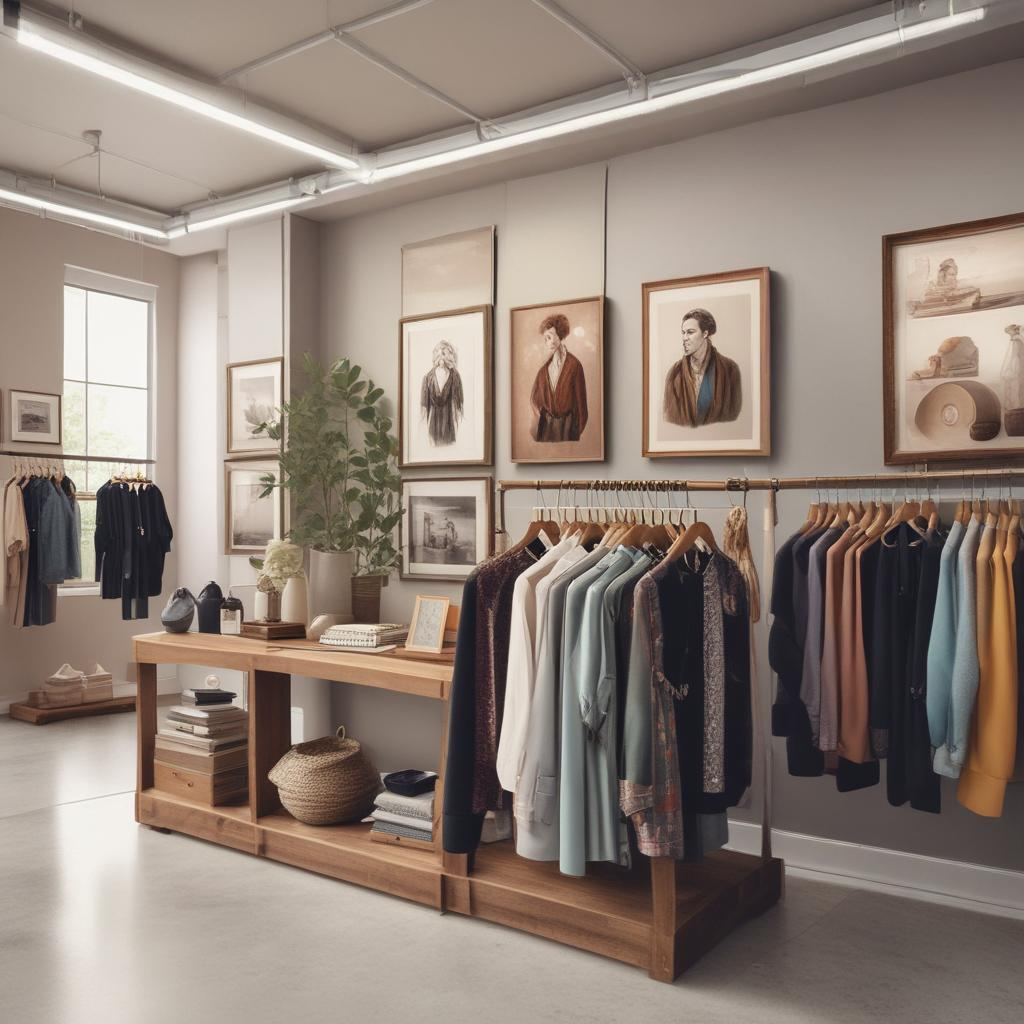Once upon a time, in a bustling town square, there was a small but charming little boutique known for its eclectic mix of products. The owner, Sarah, a woman with an unrivaled passion for both crafts and sales, experimented one holiday season by reimagining her store’s layout. Inspired by a theme of 'Winter Wonderland', she delicately arranged her products to create an enchanting pathway through her store, with each section telling part of a larger story. She employed soft lighting, strategic placements, and even scent to captivate the senses. This whimsical setup not only drew in a crowd but also significantly boosted her sales throughout the season. This real-life scenario exemplifies the transformative power of effective visual merchandising.

Understanding Visual Merchandising
Visual merchandising is the practice of designing and arranging products in a store to enhance their appeal to potential buyers. This not only involves the physical layout but also other sensory elements like lighting, music, and even scent. The art serves a dual purpose: to engage the customer’s senses and to present the products in a way that communicates their value and quality. Engaging visual merchandising can create an unforgettable shopping experience, turning casual browsers into loyal customers.
The Role of Visual Elements
The strategic use of visual elements in merchandising is critical in making products stand out. Elements such as color schemes, lighting, and spatial arrangements play significant roles. For instance, warm colors tend to invoke excitement and are often used to attract attention to certain areas. Lighting is another crucial component; it should enhance the product's features, attract customers from a distance, and contribute to the overall ambiance of the store.
- Color Psychology: Colors can significantly affect buying behavior, drawing attention and setting the product's tone.
- Lighting: Proper lighting can highlight the product's best features and make them more compelling.
- Layout: An intuitive and accessible layout helps in the easy navigation of the store, enhancing the overall customer experience.
Strategies for Effective Visual Merchandising
To master visual merchandising, one must understand the balance between creativity and practicality. Effective strategies include:
- Creating focal points: Strategic points that draw attention and intrigue, such as window displays and center aisles.
- Telling a story: Arranging products to narrate a story or convey a lifestyle that resonates with the target audience.
- Interactive displays: Engaging customers with hands-on displays where they can interact with the product.
Technological Integration
In the digital age, the art of visual merchandising is also embracing technology. Digital displays that change content according to time of day or trending products, interactive kiosks, and augmented reality experiences that allow customers to visualize products in different scenarios are becoming increasingly common. These technologies enhance traditional visual merchandising methods and can significantly improve the customer experience.
The Importance of Continuous Learning
Finally, as with any art, visual merchandising requires continuous learning and adaptation. Market trends, consumer behavior, and technological advancements dictate the need for evolving strategies. Staying informed through workshops, industry news, and peer networks can help merchandisers maintain a competitive edge.
Visual merchandising remains a potent tool in the retail arsenal. As illustrated by Sarah’s enchanting 'Winter Wonderland', a well-curated environment not only enhances product appeal but also transcends the conventional shopping experience into something memorable and exciting.


.jpg)
.png)
.png)


0 Comments